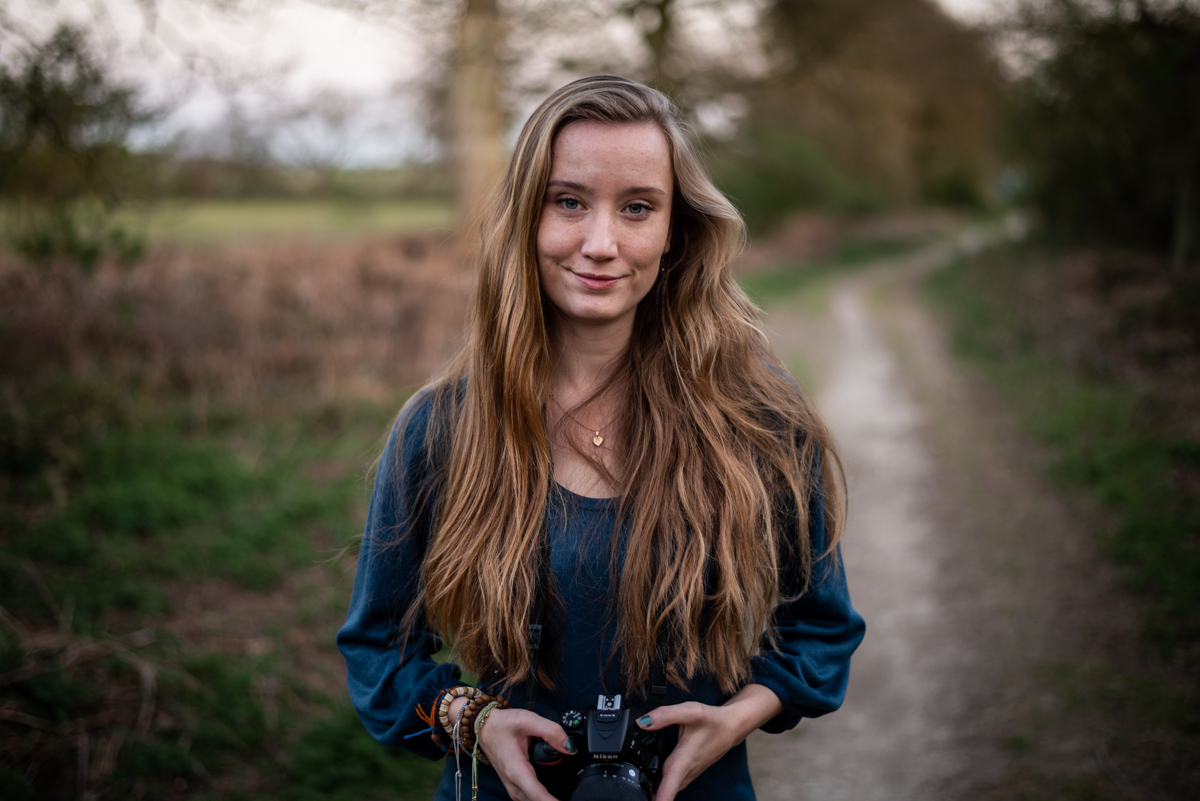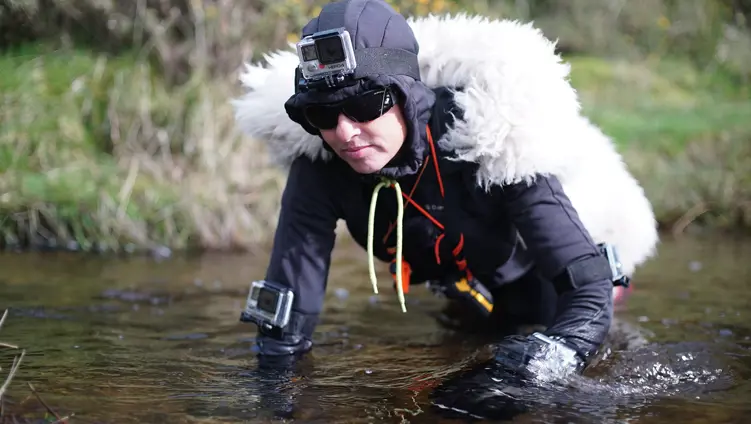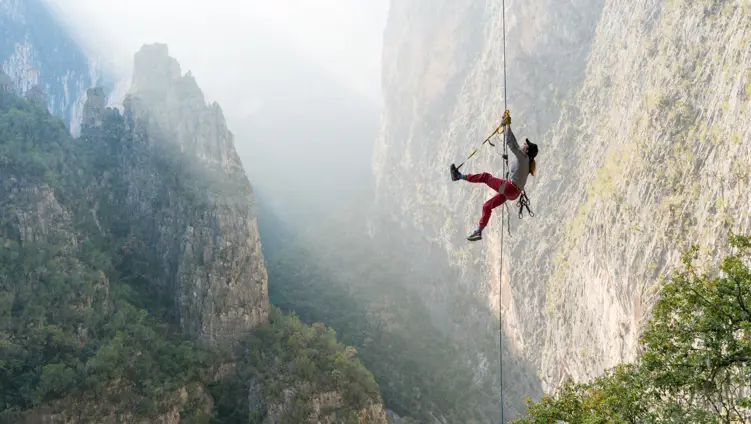It’s 32 degrees in Cambodia’s capital city, Phnom Penh, and I’ve just stepped out of a tuk tuk into a busy neighbourhood far from the typical tourist hotspots. The street is teeming with life; women are chatting outside the lower-ground apartments, children are chasing one another and vendors are serving sizzling rice noodles. This is the last place you would expect to find a slaughterhouse, but these apartments form the outer walls of an open-air slaughterhouse in which around 600 pigs are killed every night.
Using a translation app, I clumsily explain to a local that I want to rent one of the vacant apartments overlooking the killing floor. None of the landlords live in this place. Instead, someone hands me a mobile phone. It’s the owner. She asks no questions, but I think she suspects when I make clear that I need one of the back apartments. She names her price for a month’s rent to be paid to a resident. I hand the phone back and trade the US dollar bills for a small, silver key.
At 10pm that night, my partner, Paul, and I return to the neighbourhood; it is silent and empty now, except for the occasional street dog skulking in the shadows. We go inside and climb the metal steps to the third floor. As we walk to the end of the unlit corridor to our apartment, I trip slightly on a pile of children’s shoes. The children I’d seen playing that morning were now asleep on the other side of the doors lining the corridor, their rooms filled with the stench of ammonia and pig faeces.
Quietly, we unlock the door and step into a small, dark room with dirt-encrusted walls. The artificial glare from the slaughterhouse filters through the single-barred window. We cross the concrete floor, past empty food packets and broken furniture, to the window, where we can see dozens of pigs in the pens below, likely exhausted from their journey across Thailand’s border.
We set up our camera, ready to document the slaughter. Then we wait.
























